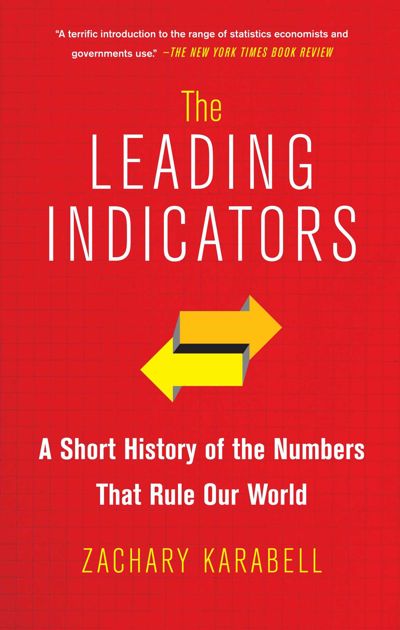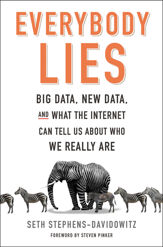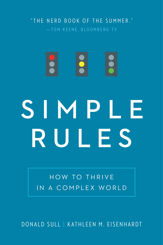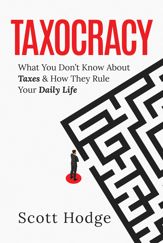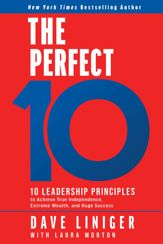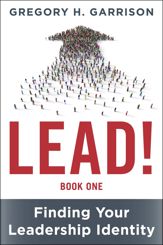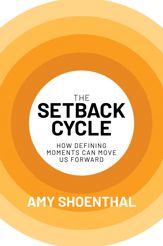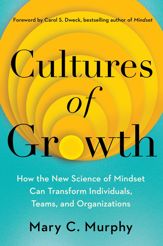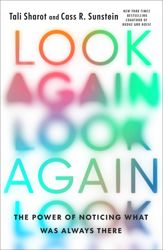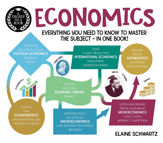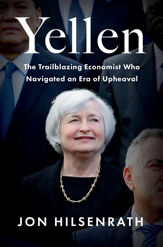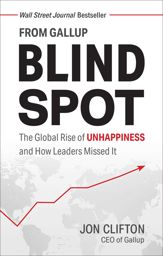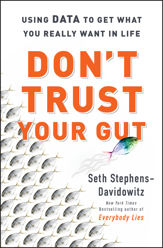“Zachary Karabell’s lively account, The Leading Indicators, is a terrific introduction to the range of statistics economists and governments use to address these questions.”
Description
How did we come by the “leading indicators” we place such stock in? We allocate trillions of dollars and make public policy and personal decisions based upon them, but what do they really tell us?
“The leading indicators” shape our lives intimately, but few of us know where these numbers come from, what they mean, or why they rule the world. GDP, inflation, unemployment, trade, and a host of averages determine whether we feel optimistic or pessimistic about the country’s future and our own. They dictate whether businesses hire and invest, or fire and hunker down, whether governments spend trillions or try to reduce debt, whether individuals marry, buy a car, get a mortgage, or look for a job.
Zachary Karabell tackles the history and the limitations of each of our leading indicators. The solution is not to invent new indicators, but to become less dependent on a few simple figures and tap into the data revolution. We have unparalleled power to find the information we need, but only if we let go of the outdated indicators that lead and mislead us.
Reviews
“Karabell offers an engaging account of the history of these indicators, and his explanation of their flaws is both readable and useful for
non-economists trying to make sense of the barrage of numbers with which they're pelted on a regular basis.”
"[The Leading Indicators] demystifies a lot of current debates, explains its subject matter clearly and shows that the major published macroeconomic statistics are neither nonsense nor conspiracy. Most people could read this book with enjoyment and profit.”
“How did we get to the era of Big Data? Karabell…mines little known tidbits in the history of economics to explain how individuals, companies, and countries came to rely on statistics like unemployment, inflation, and gross domestic product to describe the wealth of nations….In Karabell's hands economics is no longer ‘the dismal science.’ More storyteller than analyst here, he succeeds in livening up how ‘the economy’ came to be”
